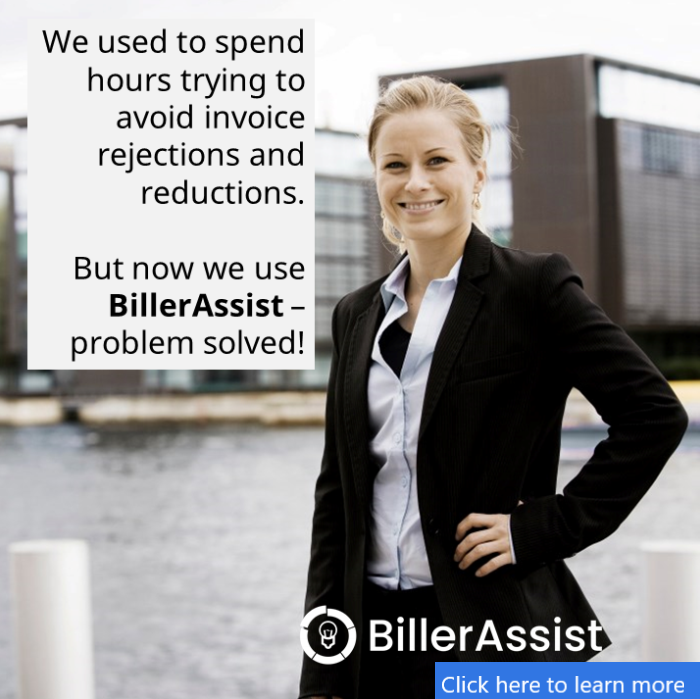Top 5 Ways to Increase Law Firm Productivity
In an industry as competitive as the legal field, innovation in its proper application can make the difference between spectacular success and mediocrity.
Although many kinds of innovations can improve a law firm’s chances of success, technological innovations are high on the list.
In fact, a recent survey revealed that as many as 30% of all law firms have at least one employee or partner dedicated to staying ahead of the technological curve.
This figure is not surprising when you consider that most law firms are smaller and would not have the resources to dedicate a partner or employee to this area.
The same survey revealed that roughly 56% of law firms with 500 or more attorneys said their firm had someone on staff dedicated to technological improvements, compared with only about 21% of law firms with less than 100 attorneys responding in the same way.
Nevertheless, even among smaller firms, the results of the survey indicate a significant number are allocating dedicated resources to focus on new technological improvements. Moreover, the survey does not account for firms that informally spread these responsibilities among different people without assigning them to one particular person.
Advances in legal technology could potentially revolutionize firm operations by supercharging productivity. This increase in law firm efficiency is one of the most salient ways to increase profits and grow the business. To put it more concretely, another recent survey ranks the adoption of new technology as one of the top three challenges faced by law firms, only following pricing and operational efficiency.
To help meet this challenge, the following are five areas that law firms can most benefit from optimizing their technology.
1. Foster From Within
Attorneys in most states have an ethical duty to use technology in a manner that benefits the interests of their clients. But this does not mean that every law firm needs to expend significant resources by having or appointing a dedicated technological improvements specialist.
In fact, when looking for ways to improve a law firm's operational efficiencies, it can easy to overlook assets already in your employ when looking for the “Best New Thing.”
Employees are often more invested in environments that invest in them and encourage their input. Feeling like a part of a team is far stronger motivation to see the firm as a whole succeed as opposed to feeling like another cog in the machine.
So, consider asking your lawyers and administrative personnel for their input. What are the “pain points” and “bottlenecks” in your operations? Where can you improve?
There are a variety of mundane yet essential administrative tasks involved in the practice of law. For example, when watching primetime law dramas, it’s rare to come across a scene of a character compiling monthly billing. All the same, if the firm wants to get paid, it has to get done.
Automation can help. According to McKinsey Global Institute, 23 percent of a lawyer’s job has the potential to be automated. Considering how much of those tasks are ultimately not billable, this frees up a considerable amount of time for additional billable work.
Just as popular fiction provides a sensationalized view of the legal profession, so too does it heavily dramatize artificial intelligence (AI) and automation. In reality, AI and automation are simply tools that can be used to ease the burden of completing rote tasks.
In fact, many of the administrative tasks integral to the legal field are primed for automation.
Forward-thinking law firms recognize this potential. That is why, according to a recent survey from New York Law School, 58 percent of participating law firms indicated that legal tech know-how is a major factor when bringing on new associates.
2. Automate Your Billing
When tasks that would otherwise be time-consuming are automated, it frees up an attorney’s time to help grow or improve their practice, whether that takes the form of acquiring new business or spending time on additional billable tasks. Moreover, automation decreases overhead by cutting down on the hours necessary to complete a variety of responsibilities.
Billing itself is one of these tasks. The billing process is one which must be done well if a law firm wants to earn as much as possible for its work. Perhaps because of its importance, billing is also one of the most arduous of administrative tasks for lawyers. In fact, in response to a recent survey, “48% of respondents cited a prolonged pre-bill editing and review cycle” as one of their law firm’s biggest pain points.
The ABA Model Rules for attorney ethics require lawyers ensure their bills are reasonable. Attorneys must exercise “billing judgment," and “make a good-faith effort" to exclude charges and expenses “that are excessive, redundant, or otherwise unnecessary."
Nevertheless, many billing systems expedite the time-entry process in billing, but they usually do not address the bill review task – i.e., the process of cleaning up time and expense entries before invoices are sent to clients.
Moreover, many time tracking and billing systems are not able to help law firm’s ensure their invoices are compliant with client billing rule requirements, which in turn requires more time spent cleaning up billing entries prior to submission.
This makes billing review a significant part of getting paid. In fact, most law firms responding to a recent survey said that the billing review and cleanup process can make billing a 2 week process.
However, computer-assisted billing programs like BillerAssist use automation to solve this problem.
Computer-assisted billing applications can use a law firm’s own billing data to give real-time updates to timekeepers to confirm that their entries are compliant.
Additionally, these applications also flag unusual charges that won’t likely be paid, as well as billing entries that don’t meet the clients’ billing rules, notifying timekeepers of the potential problems concurrently with work being done.
This saves a tremendous amount of time and effort in the billing process.
3. Automate Your Client Intake and Funding Methods
The client intake process is another perfect example of a mundane task that is capable of automation.
A significant amount of time could be poured into a prospective new clients, only to discover the prospective client isn’t a good fit. Conflicts checks can also be a time-consuming but crucial part of the process.
When considering the alternative of automating the client intake process, that amounts to an unacceptable waste of time. Similarly, when the client intake process is automated with applications like EffortlessIntake, it ends up dramatically lowering a firm’s initial stake in a potential client who may end up being a bad investment.
The technology of automation allows firms to pursue unconventional avenues that they otherwise may not have the time or manpower to manage, such as an automated crowdfunding apparatus like GroupFund Legal to help clients that wouldn’t be able to afford the firm’s services under normal circumstances. This opens the firm up to a whole new client base and an additional revenue source.
Of course, the value of automation persists no matter the size of the firm. With 60% of small firms now using practice management software according to the American Bar Association, the ease of adding integrated apps to the law firm’s existing system make adoption even easier. In terms of potential efficiency and law firm productivity increases, this is very good news for law firms.
4. Make Use of Your Own Data
Measurement is paramount to analysis. Without accurate measurement of a firm's activities and expenses, it is difficult (if not impossible) to analysis the optimal course forward.
Nevertheless, Thomson Reuters reports that less than 15 percent of attorneys think the copious amounts of data produced by their firms are being put to good use to improve legal performance and services.
This data is a vital resource to improving a law firm’s bottom line. Learning from past mistakes and successes can help avoid the bad and recreate the good.
Be it litigation management, optimizing your billing workflows, or a host of other areas, there is no good reason to let this valuable information go unused. In fact, a recent study found that law firms that implemented data quality best practices saw a 66% increase in revenue.
Hunches, gut feelings, and intuition have been a hallmark of the legal field for hundreds of years. However, much like the movie “Moneyball” illustrates through baseball, empirical data is often more reliable than commonly held beliefs.
5. Cloud-Based Practice Management Systems
For better or for worse, the days of forgetting documents at the office or large volumes of paper in every attorney’s office are gone. The internet makes it possible to work from anywhere with a network connection. Cloud-based applications provide a firm with access to this major boon.
The benefits of legal practice management software platforms like PracticePanther, Clio, and RocketMatter are invaluable to a firm of any size – only possible through the instant sharing of pertinent information provided by cloud-based functionality.
The free-flow of data accessibility grants entire practices access to information that can be updated and shared in real-time. This cuts down on redundancy and increases law firm efficiency by making sure that everyone is on the same page at the same time.
Within the next few years, LogicMonitor estimates that 83 percent of workloads at every level (partners to administrative professionals) will operate with access to the cloud. In all likelihood, your law firm already does this in some capacity, such as with email systems.
Take invoice format conversion, for example. It is estimated that $972 or more could be spent yearly on the time-consuming task of converting LEDES formatted invoices from one style to another.
However, using cloud-based applications like LEDESConvert, the task of converting LEDES 1998B Invoices to the LEDES 2000 format can be done in a fraction of the time for a fraction of the cost.
Conclusion
Many of these applications are already in use by tech-savvy practices. In the years to come, their implementation is likely to become the only way for firms to stay competitive.
Implementing these five points into your practice is not a surefire success guarantee. It will, however, help put your firm or legal department in the best position to pursue and maintain success.
The implementation of automation has the benefit of not only saving time, but it also helps take tedious tasks off of the plate of an employee who would otherwise have to do them manually. The communication and organizational benefits of cloud-based applications are effectively inarguable. Making use of past data is the perfect way to learn from where you’ve been to better plot the course of where you’re going. And, an appreciated team appreciates the team.
Best of all, the implementation of these elements can’t help but improve other aspects of firm management as well.






